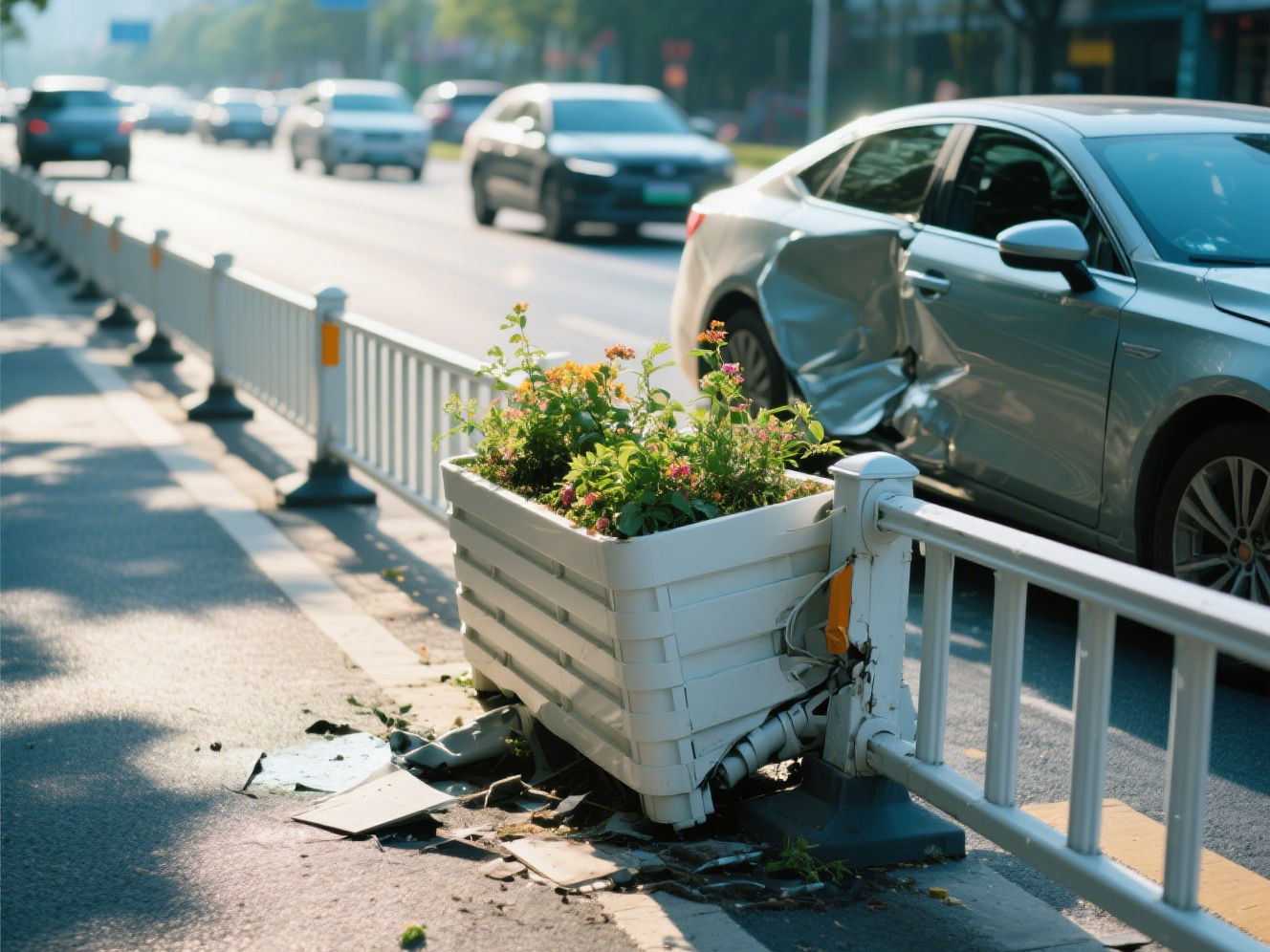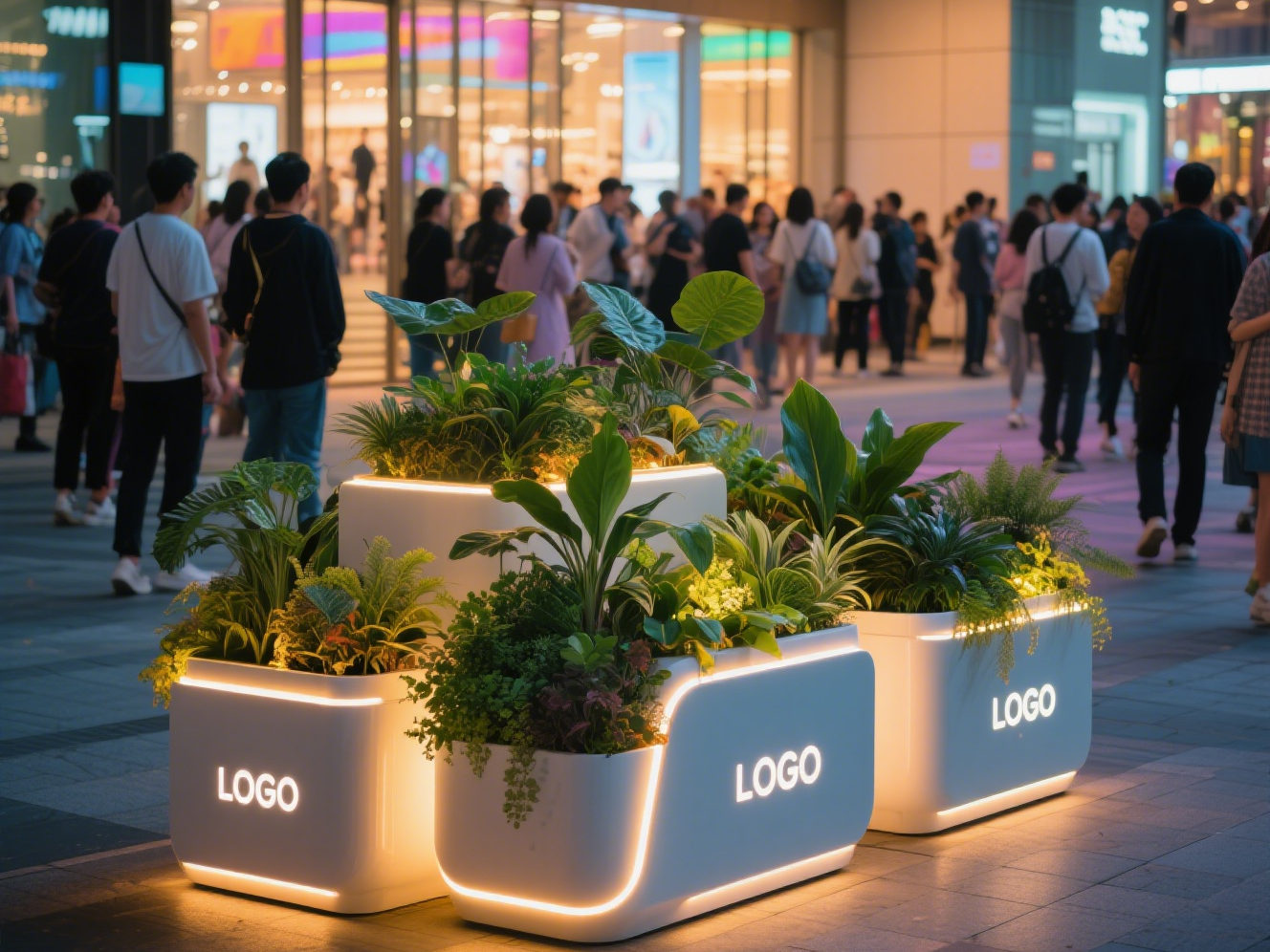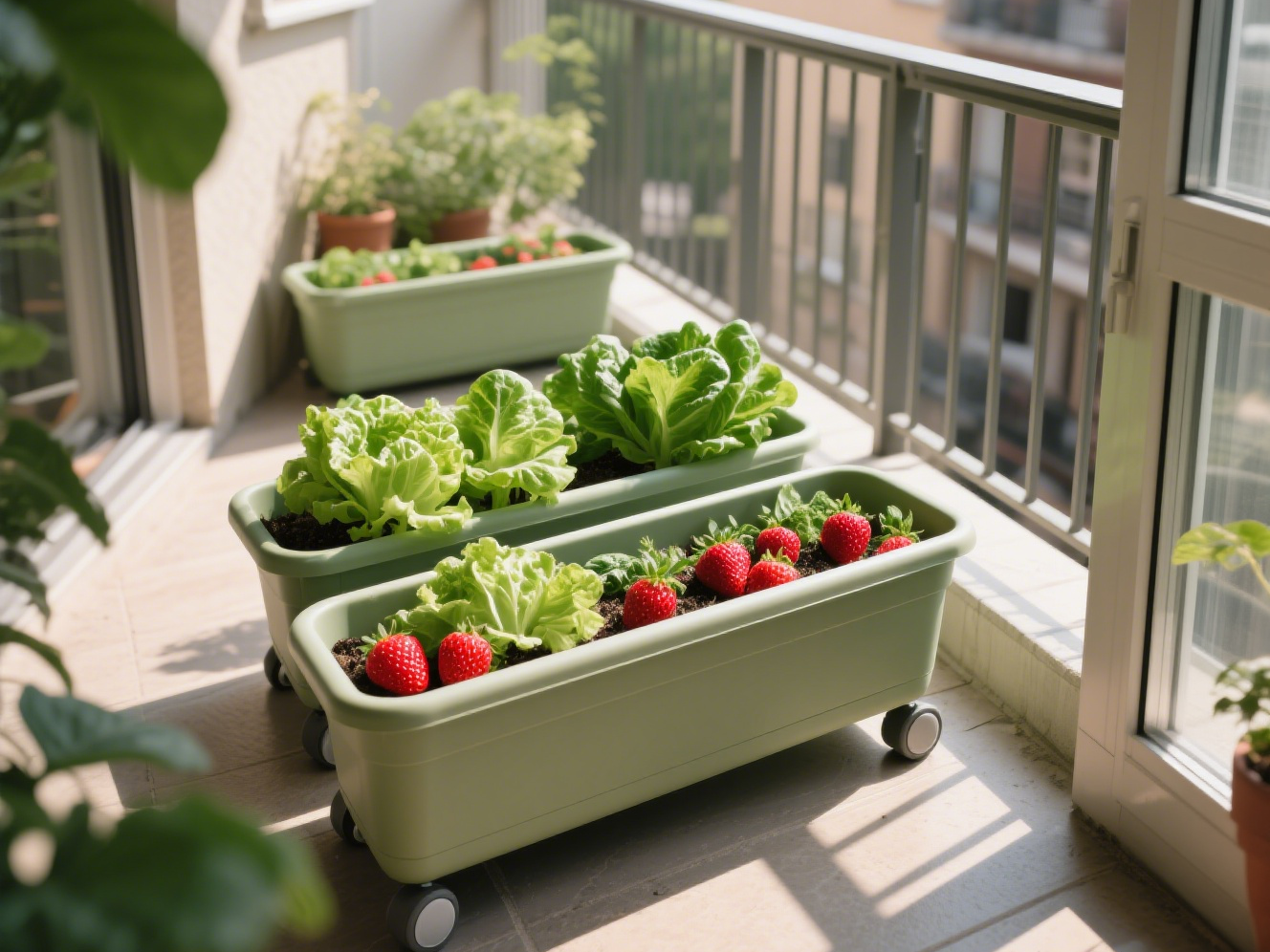I. Material Advantages of PVC Flower Boxes: Breaking through the Technical Barriers of Traditional Plant Containers
The core competitiveness of PVC flower boxes stems from the innovation in material science. Compared with the average service life of 2–3 years for wooden flower boxes, PVC flower boxes maintain over 80% of their tensile strength after 6,000 hours of xenon lamp aging testing by adding antioxidant (1010) and anti-aging additives. A commercial street case shows that PVC flower boxes used for 3 years had no cracks, while wooden ones in the same period suffered from bottom rot and perforation. In terms of structural design, the double-layer hollow structure with reinforcing ribs enables a standard 60cm×40cm×30cm PVC flower box to bear 30kg, while weighing only 50% of an iron flower box of the same size, making handling and installation more convenient.
In terms of planting functionality, PVC flower boxes feature pre-installed 25mm diameter drainage holes at the bottom with a filter layer design (fillable with ceramsite) to prevent waterlogging and root rot. Ventilation holes on the side walls can increase plant survival rates by 30%. The food-grade PVC material (compliant with GB 4806.7–2016 standards) eliminates the hidden danger of heavy metal migration when directly planting vegetables and herbs. This integration of horticultural science into material design upgrades it from a mere container to a “plant growth system.”

II. Multi-Scene Applications: Aesthetic Practices from Home Greenery to Urban Landscapes
In home horticulture, rectangular PVC flower boxes with rollers enable “light-chasing planting,” suitable for flexible balcony layouts of low-growing crops like lettuce and strawberries. The combination of wall-mounted flower boxes and automatic irrigation systems can create a “succulent plant garden” on a 1㎡ wall with a load-bearing capacity of only 8kg/㎡, allowing vertical greening in small spaces.
In commercial art display, the customization capability of PVC flower boxes becomes a traffic magnet for aesthetic economy. At the entrance of a certain mall, special-shaped flower boxes with built-in LED lights integrate brand logos with luminous greenery, extending customer stay time. In pedestrian street renovations, combined PVC flower boxes with plant racks form a “mobile flower corridor” where flower varieties can be replaced according to festivals, with a single replacement cost 60% lower than that of fixed flower beds.
Municipal greening scenarios highlight its efficiency advantages: crash-resistant flower boxes for road dividers have built-in buffer structures that automatically recover after collisions, reducing maintenance costs by 75% compared to concrete flower beds. In roof greening, lightweight flower boxes (single weight <5kg) solve the load-bearing problem of buildings, with each ㎡ greening cost 40% lower than traditional concrete flower pools.

III. Professional Guide to Planting and Maintenance
Soil proportioning should be adjusted according to planting needs: For flower planting, a recommended formula is 40% leaf mold, 30% garden soil, 20% perlite, and 10% decomposed organic fertilizer, balancing air permeability and water retention. For vegetable planting, a combination of 50% peat soil, 30% coconut coir, and 20% vermiculite is preferred to enhance fertility retention.
Irrigation system design presents a tiered approach: For home use, a simple drip irrigation kit (cost about 50 RMB) with a humidity sensor can achieve automatic water replenishment. For commercial projects, a PLC-controlled timed sprinkler system connected to municipal reclaimed water can achieve a water-saving rate of 70%.
Winter protection needs to combine regional characteristics: In northern regions, the outer side of flower boxes should be wrapped with 5cm thick thermal insulation cotton, and the bottom should be raised by 10cm to prevent freezing soil extrusion. Succulents are recommended to be moved to indoor balconies, and PVC flower boxes can be stacked to save space.

When PVC flower boxes integrate weather resistance, load-bearing capacity, and planting friendliness through material technology, they transcend the definition of traditional containers to become green carriers combining engineering and aesthetics. From urban balcony micro-vegetable gardens to internet-famous flower walls in commercial streets, their characteristics of “weather resistance, lightness, and easy maintenance” have transformed green decorations from luxuries into daily necessities, providing a more cost-effective path to realize the vision of “bringing nature into life.”
